High Latitudes Part 3: Sand Island
This entry is part of an ongoing series. Read Part 1 and Part 2.
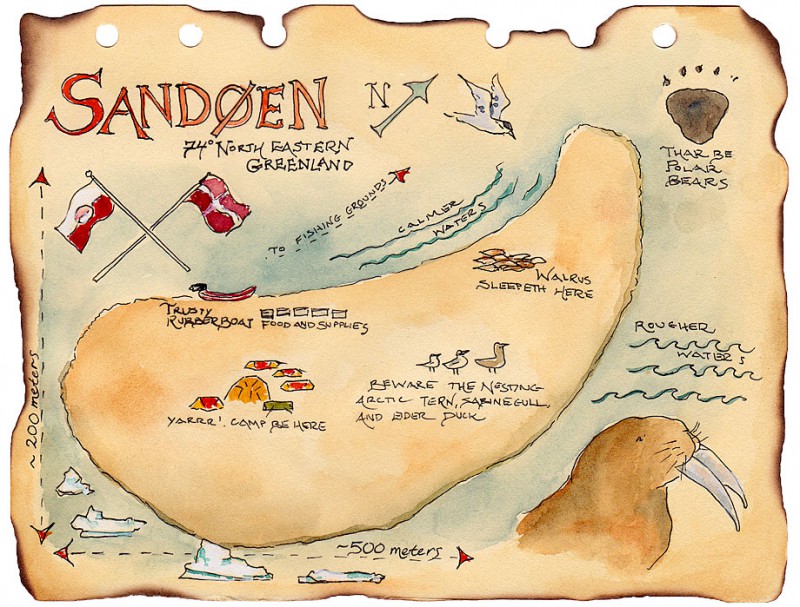
After a couple of days organizing gear in Daneborg, we headed to Sand Island. A marine biology team was kind enough to shuttle three of us and our pounds of gear to the island while the other two team members took our small rubber boat, the Tricheco (Italian for “walrus”) down fjord. At 10 or 15 minutes, it was just a short boat ride from Daneborg, but once we were dropped off on the sandy outpost, we felt immediately in a different world.
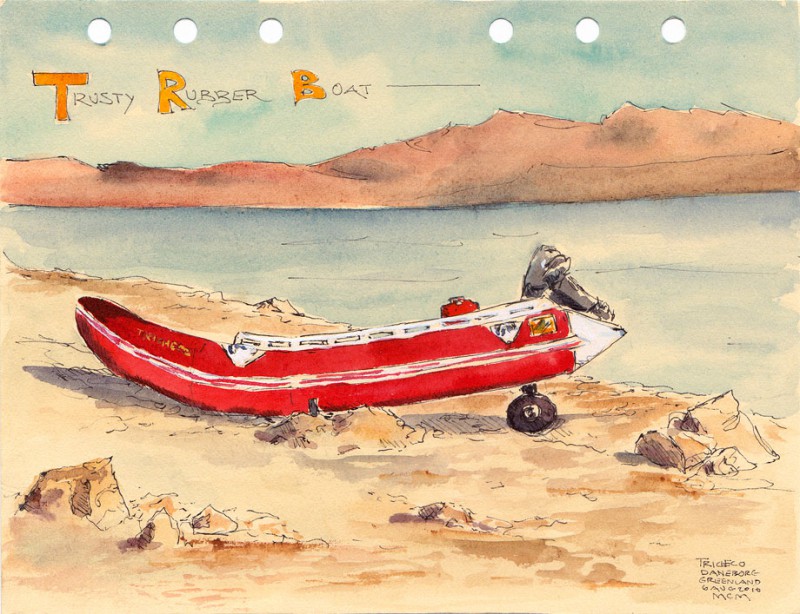
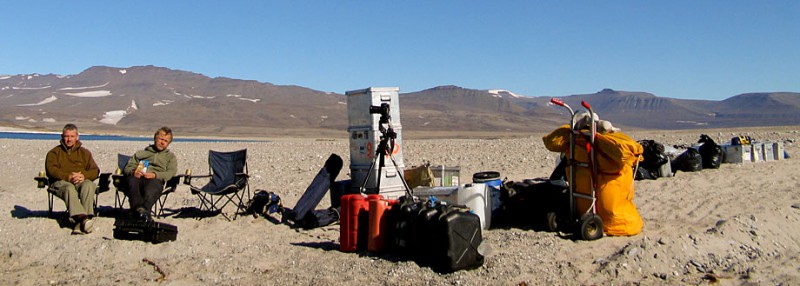
Our first order of operations was to move necessary gear to the middle of the small, no tiny (500m x 200m) island where we established camp.
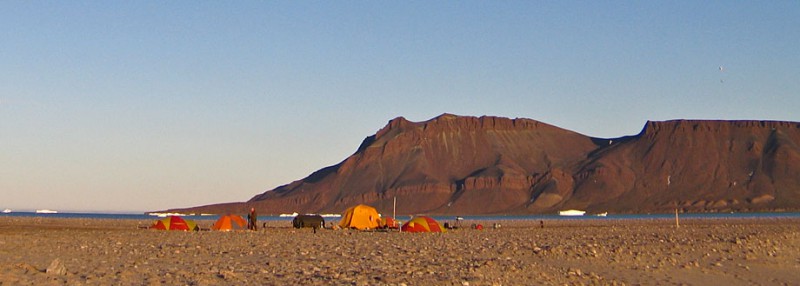
Although small, Sand Island is a lively place hosting Arctic Tern, Sabine’s Gull, and Eider Duck colonies, as well as walruses hauling out. For the birds, it’s an isolated sanctuary from raiding Arctic Foxes, and for walruses, a comfortable site convenient to their feeding grounds. It can get a bit noisy…
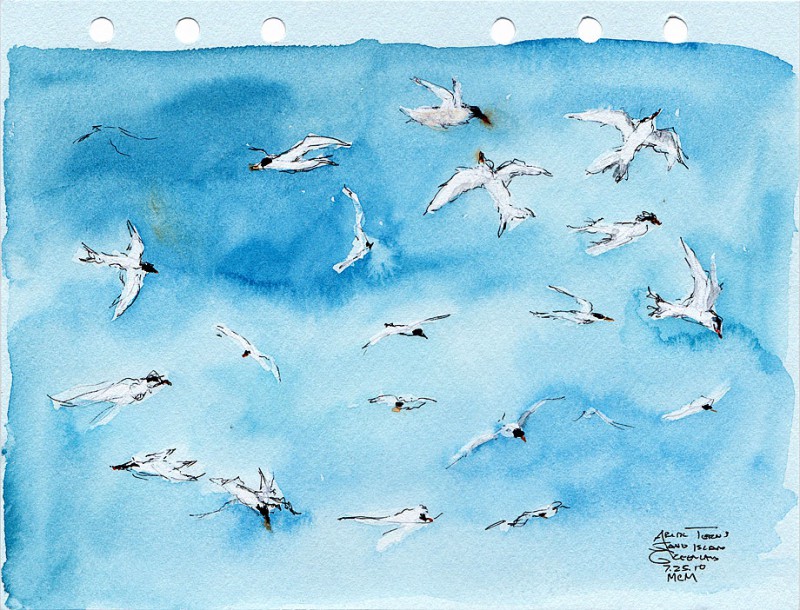
Located at the mouth of Young Sound fjord, Sand Island is exposed and changing in response to the diminishing sea-ice pack. Scientist Erik Born explains it nicely below.
This phenomenon of eroding coastlines is occurring on larger scales and notably affecting villages such as the Newtok, Alaska, where the whole town is relocating.
Continued in High Latitudes Part 4: Walrus Research
2 Responses to “High Latitudes Part 3: Sand Island”
John Stewart
Absolutely love the video clip. Perfect balance of the water, visual images and voice!
Maria
Thank you! It’s been fun to work with audio.